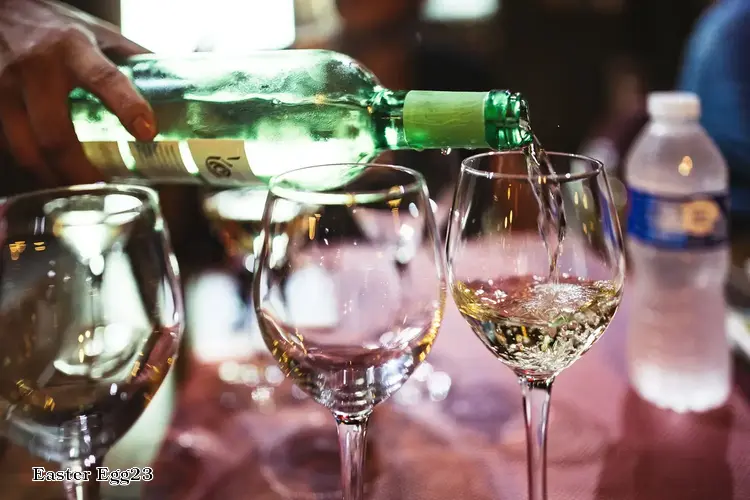

Easter eggs, also known as Paschal eggs, are decorated eggs that are often used as a symbol of the Resurrection of Jesus Christ in the Christian tradition. They are typically filled with candy or small toys, and are given as gifts to children during the Easter season.
The tradition of decorating eggs during Easter has its roots in medieval Europe, when eggs were a symbol of new life and renewal. The eggs were often dyed red to represent the blood of Christ. The tradition was brought to America by European immigrants in the 18th century, and has since become a popular part of American culture.
There are many different ways to decorate Easter eggs, including:
1. Dyeing: This is the most common method of decorating Easter eggs. The eggs are submerged in a dye, which can be made from natural ingredients such as onion skins, beets, or turmeric, or from synthetic dyes. The eggs are left in the dye for a certain amount of time, depending on the desired color and intensity.
2. Painting: Eggs can also be painted using watercolor or acrylic paint. This method allows for more intricate designs and details, and can be a fun activity for children.
3. Decoupage: This method involves gluing cut-out pieces of paper or fabric onto the egg shell. The cut-outs can be made from a variety of materials, such as colored paper, stickers, or even photos.
4. Wax resist: This method involves applying melted wax to the egg shell, and then dyeing the egg. The wax will resist the dye, creating a design or pattern.
5. Batik: This method involves applying a wax paste to the egg shell, and then dyeing the egg. The wax will resist the dye, creating a design or pattern.
6. Stenciled eggs: This method involves using a stencil to apply a design to the egg shell. The stencil can be made from a variety of materials, such as paper, plastic, or metal.
7. Natural dye: This method involves using natural ingredients such as beets, turmeric, blueberries, and cabbage to dye the eggs.
8. Tie-dye: This method involves tying a rubber band around the egg to create a resist pattern, and then dyeing the egg.
In addition to these methods, there are also many different traditions and customs associated with Easter eggs. For example, in some cultures, it's believed that the eggs have healing powers, and they are used in traditional medicine. In other cultures, the eggs are seen as a symbol of fertility and prosperity.
Overall, Easter eggs are a fun and creative way to celebrate the Easter holiday, and there are many different ways to decorate them. Whether you prefer traditional methods like dyeing or painting, or more modern methods like decoupage or stenciling, there's something for everyone!
DISCLAIMER: This information is provided for general informational purposes only, and publication does not constitute an endorsement. Kwick365 does not warrant the accuracy or completeness of any information, text, graphics, links, or other items contained within this content. Kwick365 does not guarantee you will achieve any specific results if you follow any advice herein. It may be advisable for you to consult with a professional such as a lawyer, accountant, or business advisor for advice specific to your situation.
today
Copyright © 2025 KwickEAT.com
Designed by KwickPOS is the best restaurant POS